Parasitic Battery Drain
What Happens to Your Battery When the Car is Off?
The Ignition Switch.
Parasitic Battery Draw.
Performing A Parasitic Draw Test.
Safety Precautions Before Testing.
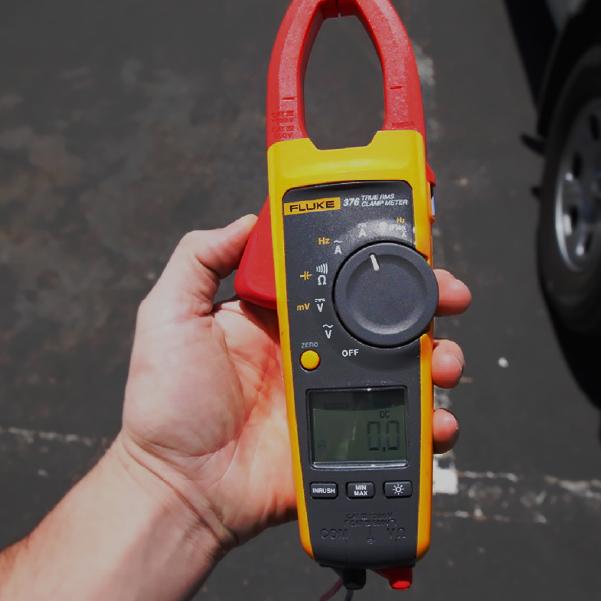
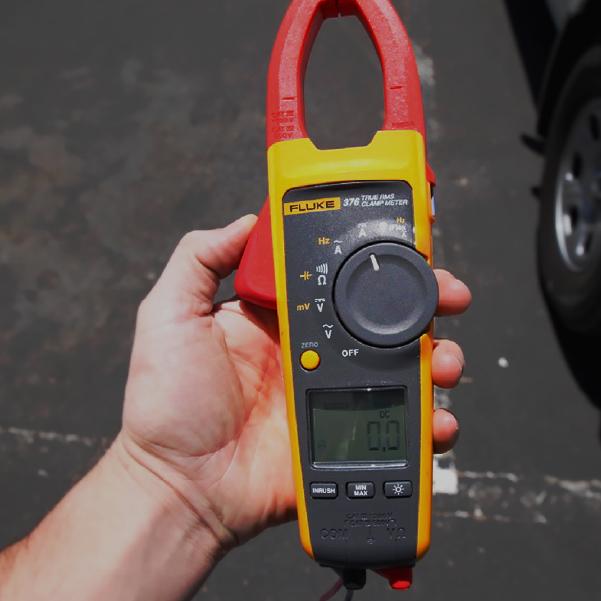
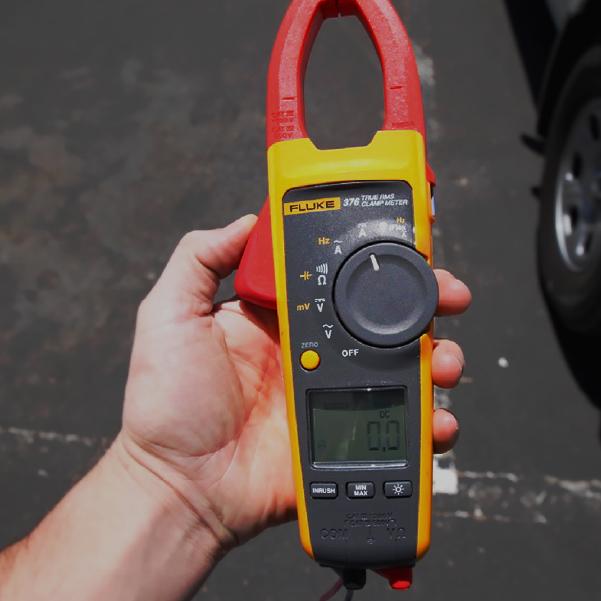
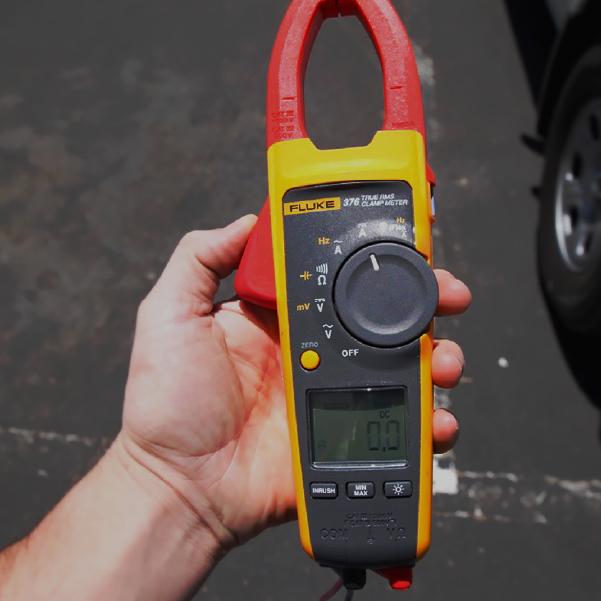
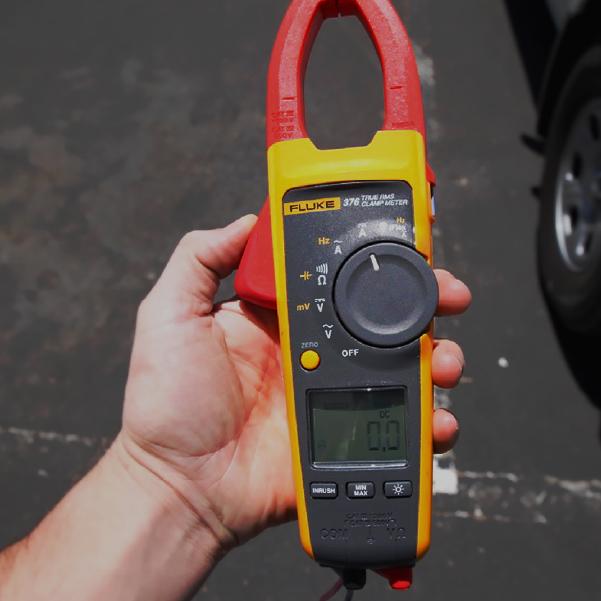
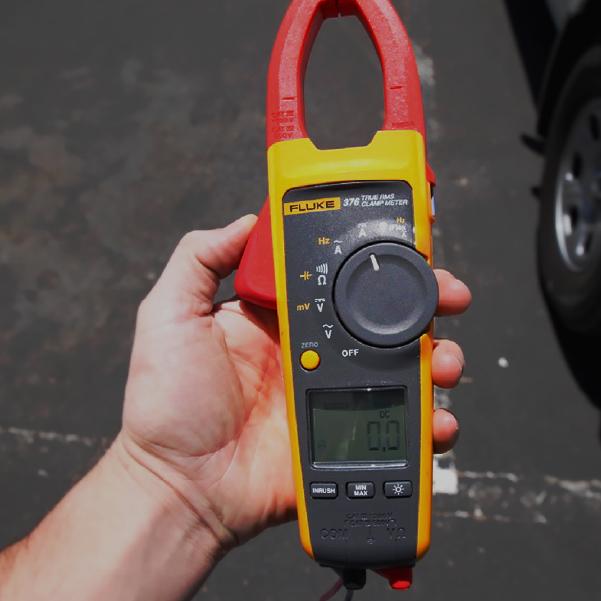
Switch the Multimeter to DC Amps.
To perform a parasitic draw test, switch the multimeter to the DC Amps mode and set it to the highest Amp level. It is better to start on a high amp level and continue to work your way down through the levels as to not damage the multimeter. Note: be careful when handling your multimeter in the Amps setting as it is a very low resistance; do not connect it directly across the car battery and do not start the vehicle while you are testing.
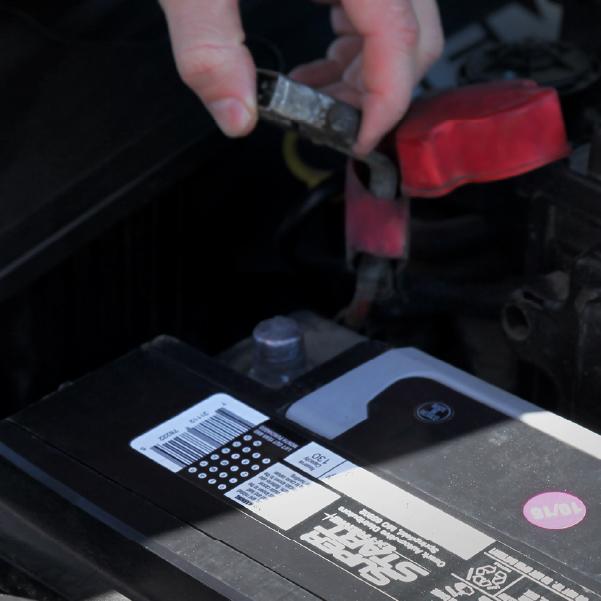
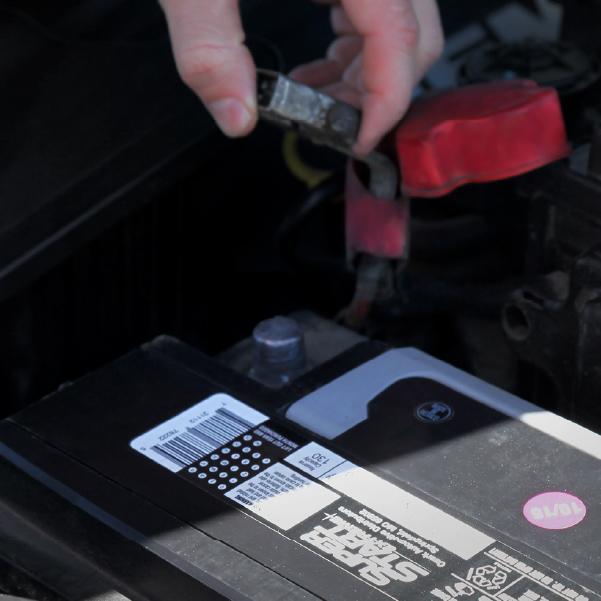
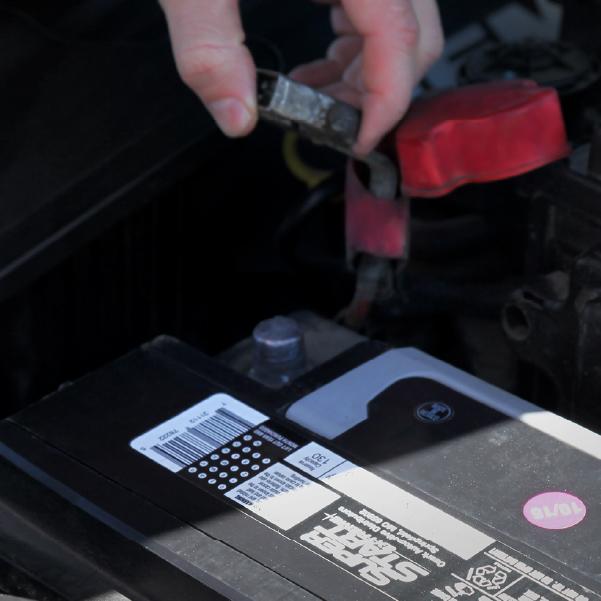
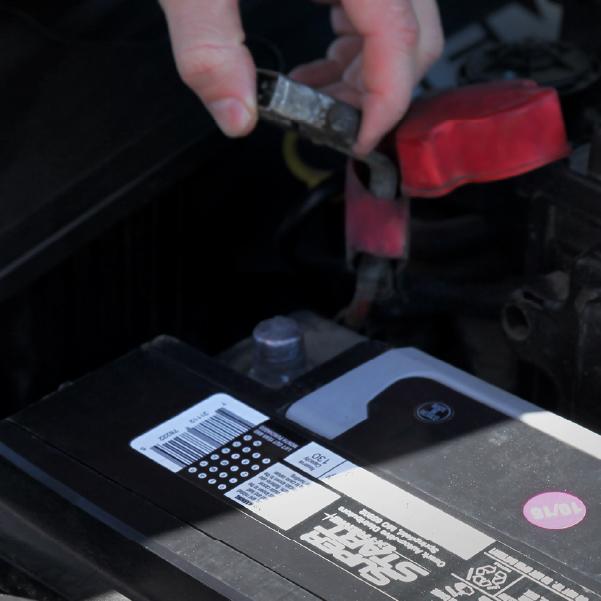
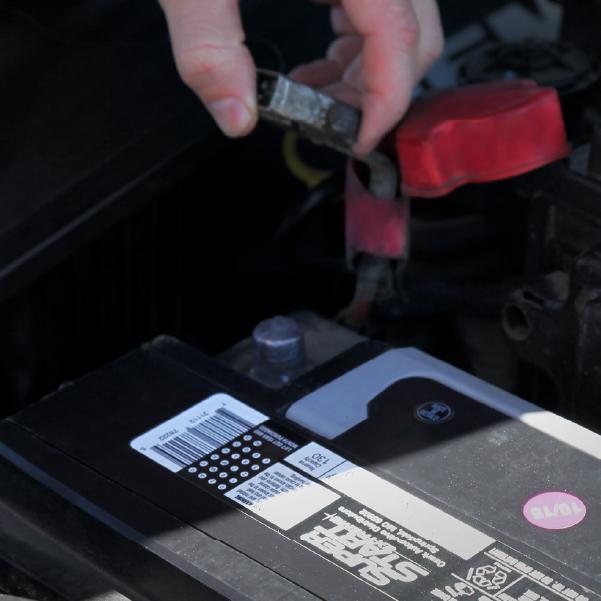
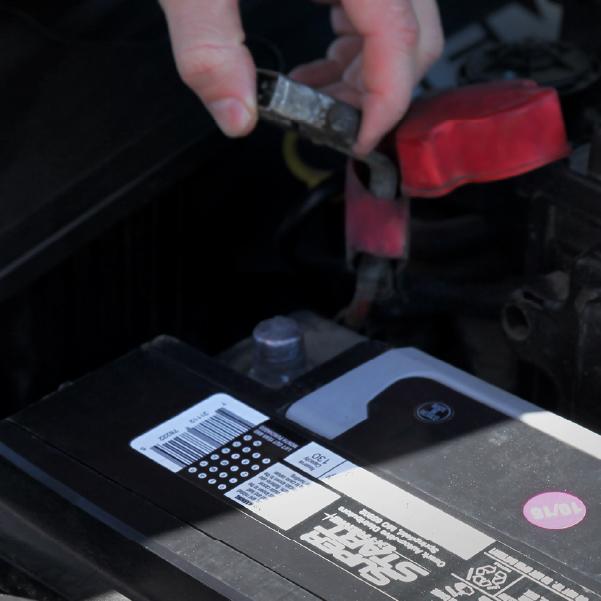
Disconnect the Battery Lead From the Terminal.
Turn off the car and disconnect the negative (-) car battery lead from the negative (-) car battery terminal; this is the black cable. When the car battery cable has been disconnected, do not let it touch anything that is grounded.
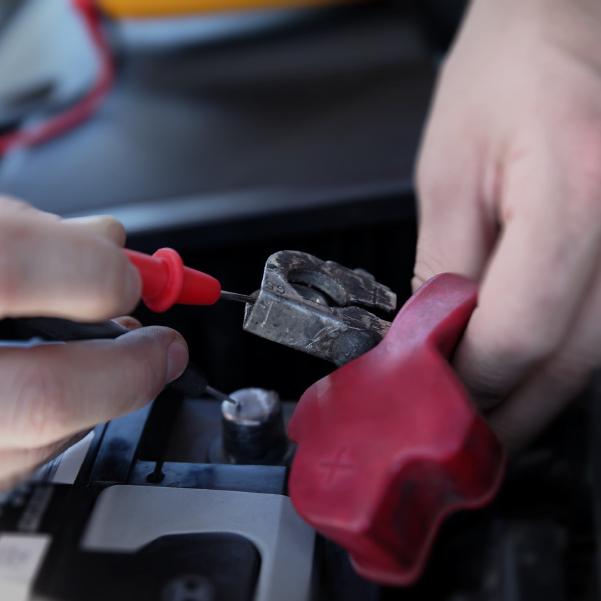
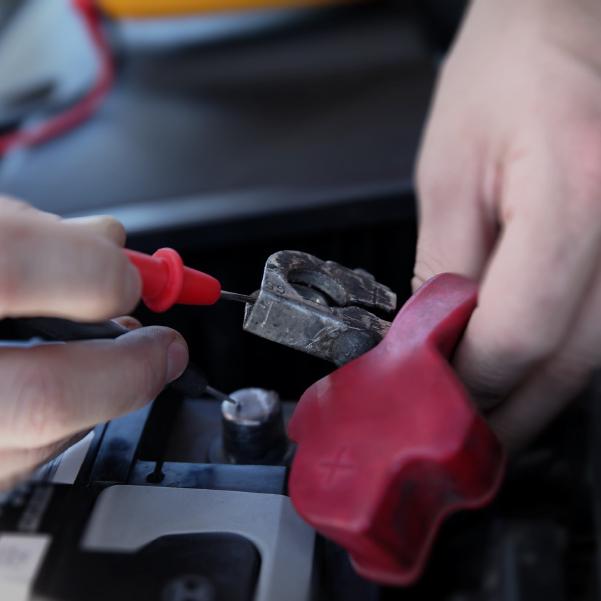
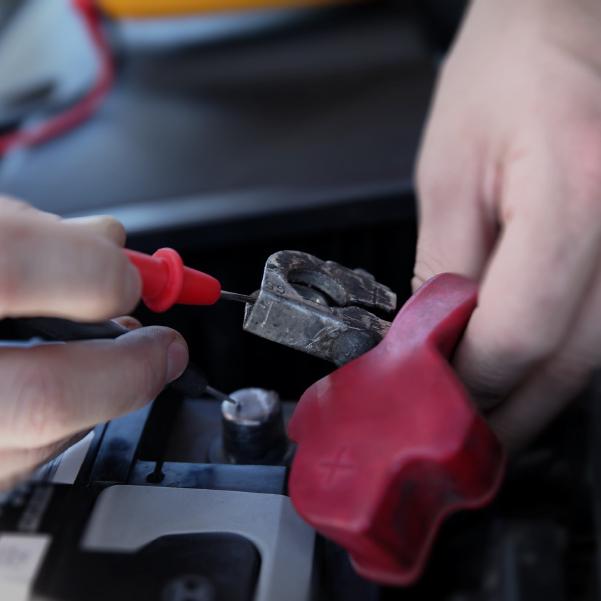
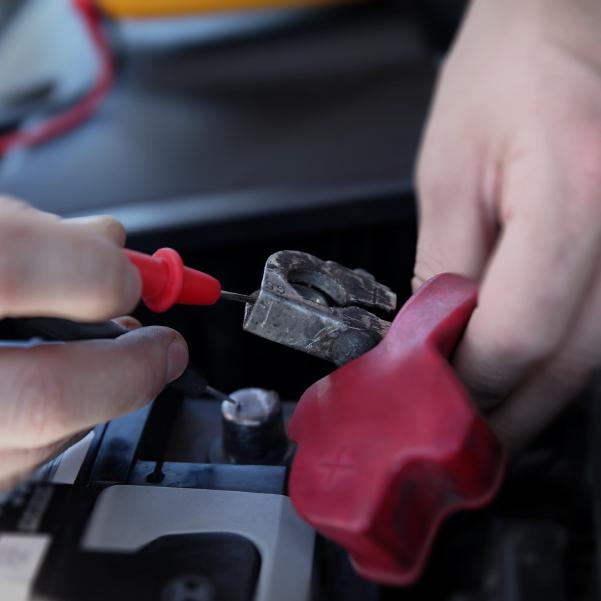
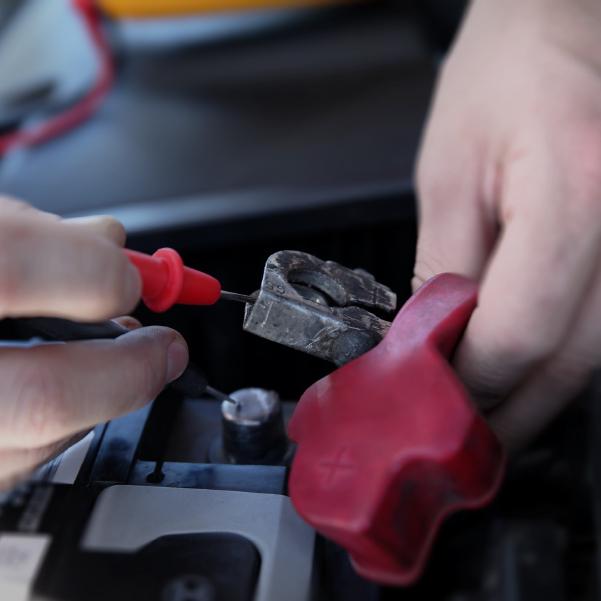
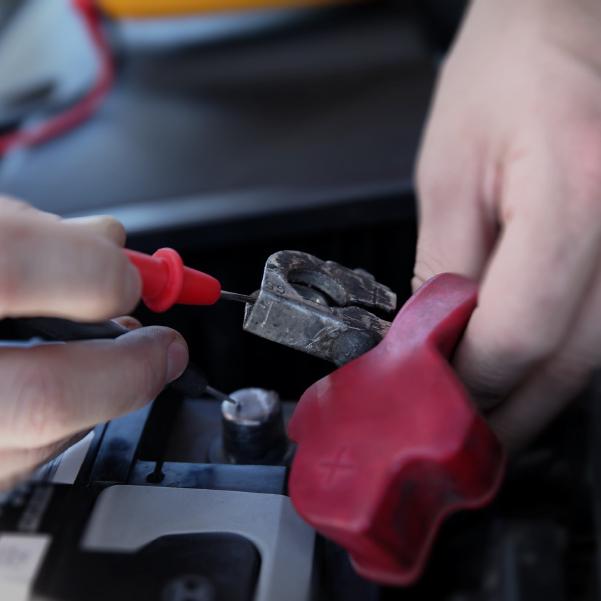
Connect Multimeter Probes to the Battery Positions.
Make sure all car accessories and lights have powered off, remove the key from the ignition, and remove any devices plugged into the cigarette lighter socket. You may need to wait up to 30 minutes for the vehicle’s computer modules to power off. Once the vehicle is powered off, connect the multimeter probes in parallel to the car battery terminal and the car battery lead.
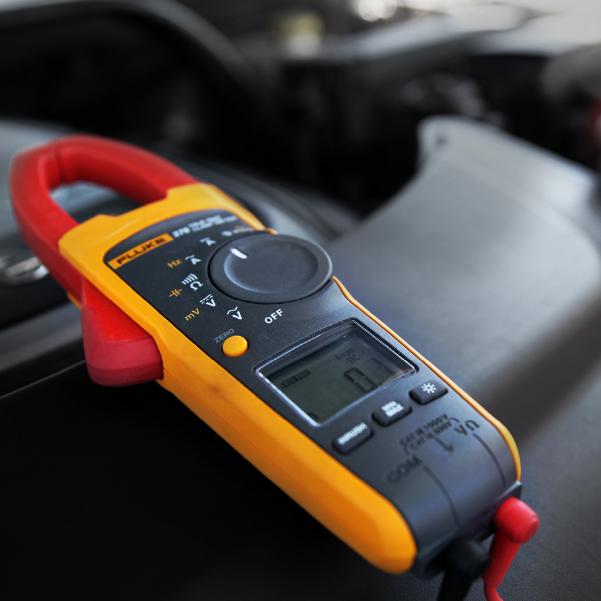
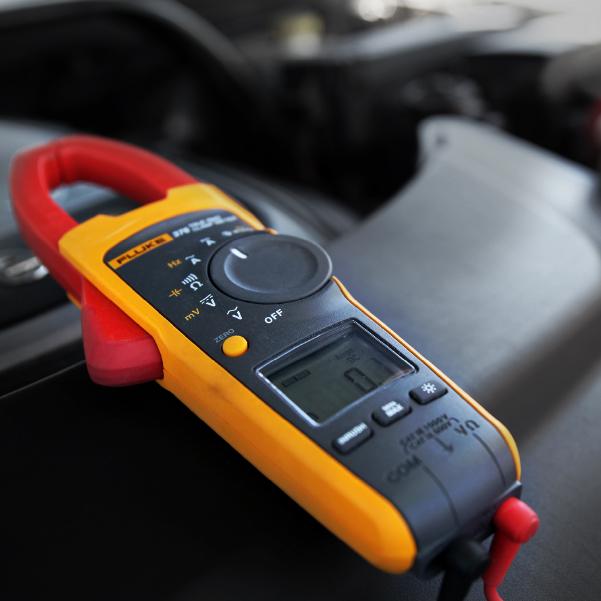
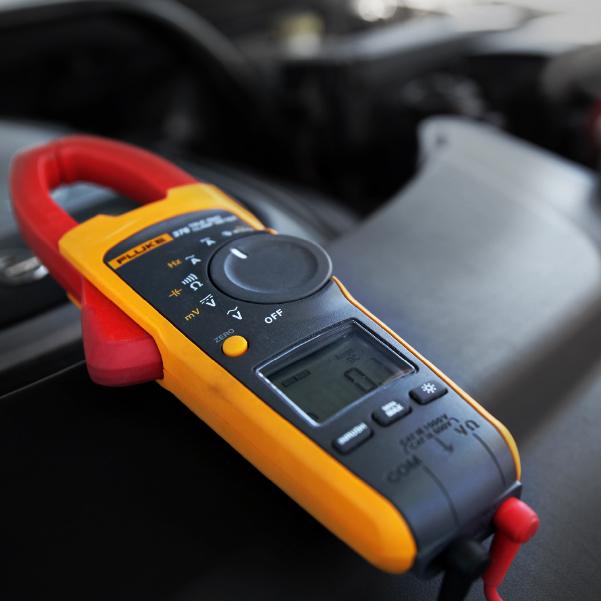
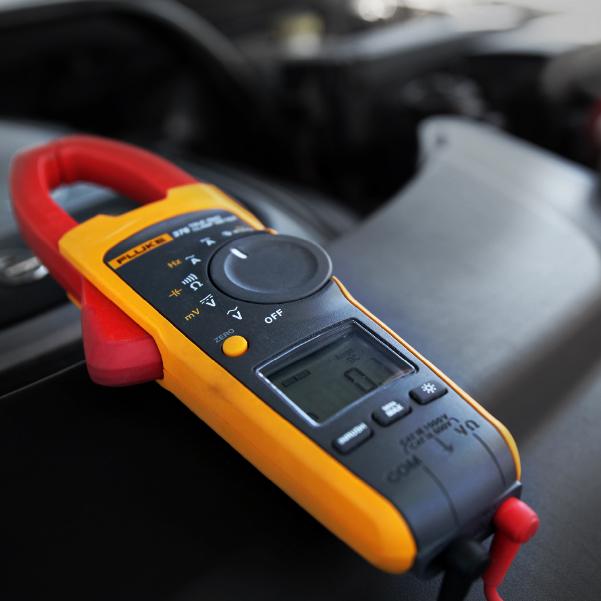
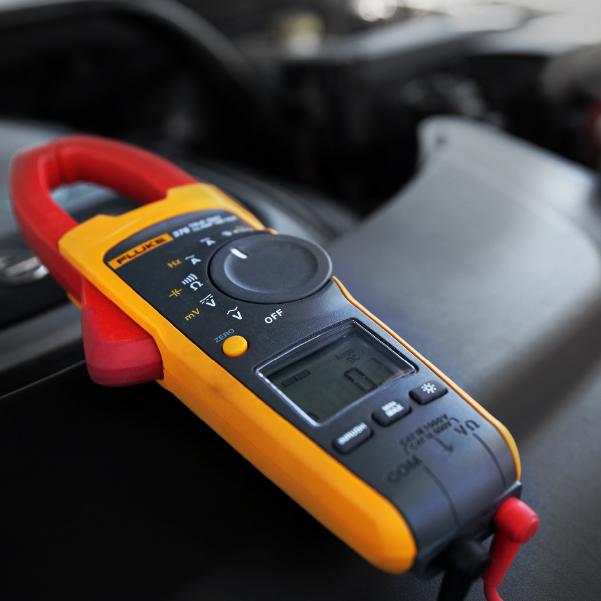
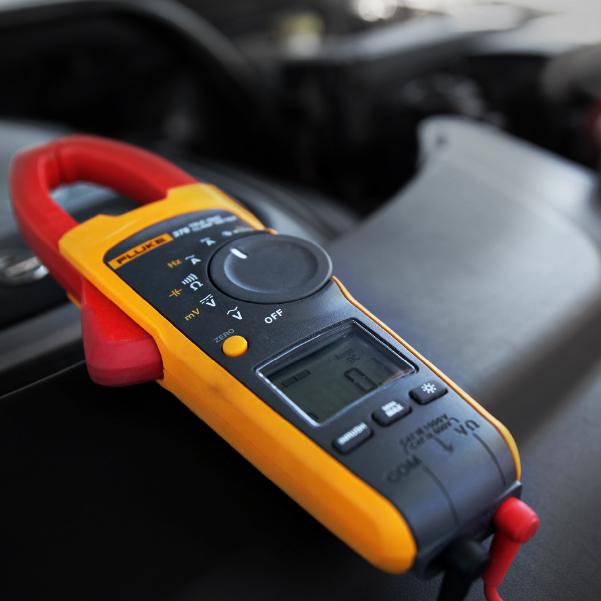
CHECK CURRENT READING.
This will display the parasitic drain in Amps; if the multimeter is not showing a reading then the setting on the multimeter is too high. Keep switching to a lower level until you obtain an accurate amp reading. Use the chart below to determine if the current draw is acceptable or if it is too high.
Normal Reading.






NEWER CARS
Ideal is between 50-85 mA. Above 85mA may be too high.






OLDER CARS
Ideal is below 50 mA. Above 50 mA may be too high.
In Conclusion.
Cookies On This Site
Our website uses cookies, pixels, and similar technology (“Cookies”) to make the website work and to improve your online experience. Cookies that are essential for the functioning of our website are always active and cannot be turned off. With your consent, however, we may also use non-essential Cookies to improve user experience, personalize advertisements, and analyze website traffic. By clicking “Accept All,” you consent to our use of all Cookies, including these non-essential Cookies. You may block non-essential Cookies by clicking “Reject,” or change your cookie settings by clicking “Preferences.”
By using our website, you acknowledge this notice, and by clicking “Accept All,” “Reject,” or “Preferences,” you agree to our Website Terms of Use. See our Cookie Policy and Privacy Policy to learn more.